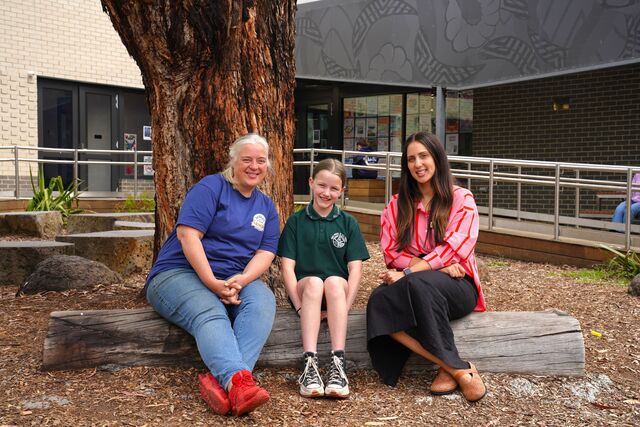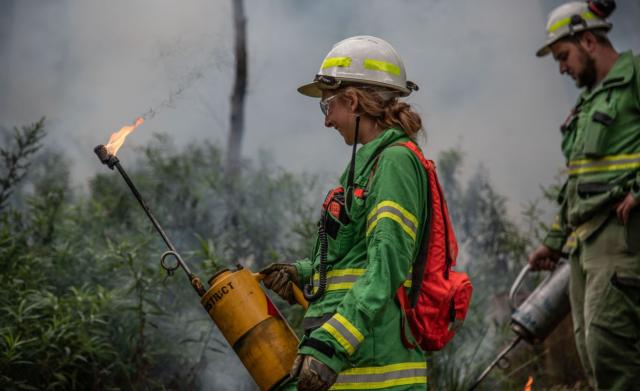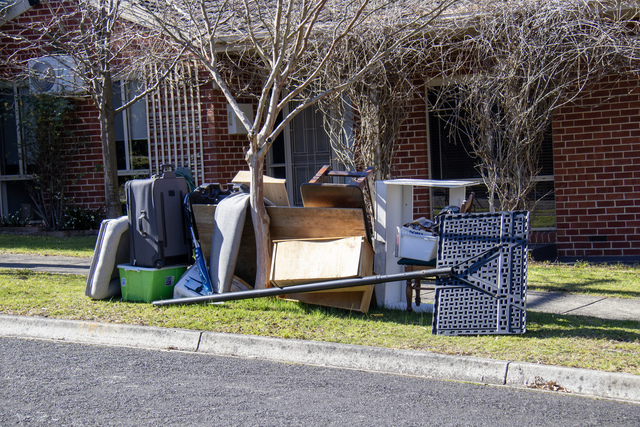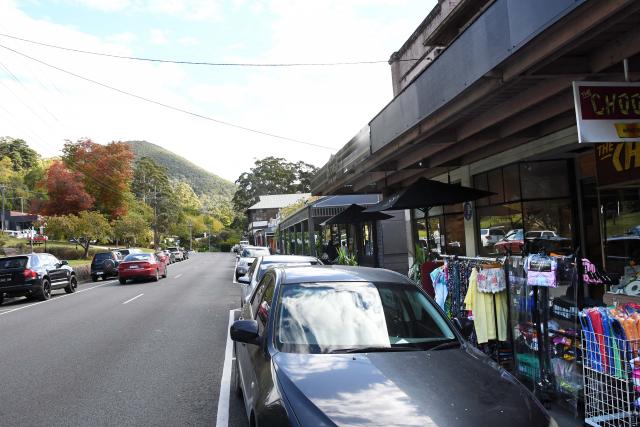By Kath Gannaway
A LIST of more than 40 pager calls to Seville CFA on 7 February makes chilling reading.
It records in many cases the last desperate calls for help from people trapped in the fires in Marysville and Kinglake.
“All those people on the pager list are dead,” says First Lieutenant Ross Johnson, who has been in the brigade for more than 25 years.
“It’s not good reading.”
It will remain part of Seville’s history and a reminder for future generations of firefighters of just how formidable, how exceptional was Black Saturday, the day Ross Johnson describes as Armageddon.
With the breakdown in communications Seville Tanker1 had fallen off the CFA dispatch system and was listed as still being in the station – the sole available unit to respond to the desperate calls flooding in to 000.
In fact, like at every other brigade, all Seville’s units were on the fire ground: Tanker1 went out to the Gruyere area battling fires they feared would cross the Warramate range into Seville East, Tanker2 headed out as part of a strike team to another part of the valley.
Looking at the list First Lieutenant Ross Johnson says they were turned out 45 times to house fires.
“We were very much aware of what was going on but even if we had been available we would have been hours too late,” he says.
Third Lieutenant David Clark has been with the brigade for nine years and was on Tanker 1.
He said they knew the Saturday was going to be bad and had manned the station for the day. The brigade has 35 registered members.
A couple of false alarms, smoke sightings, earlier in the day got the adrenalin running.
Captain Roly Rak, who is also Yarra Valley Group Officer returned to the station just as the call came in for help in Dixons Creek, about 4.30pm.
“Roly came flying in and said we’ve got a fire virtually on our doorstep, at Briarty Road, and that’s where we ended up,” David said.
David, Ross and the crew returned to the station just before 5am on the Sunday after a night that Ross says was like planned mayhem. “We flowed around the fire ground, rushed here, rushed there … it was full on,” he said .
Paying tribute to the local landowners who used their own vehicles to fight the fires he said they did what the brigades couldn’t, and the brigades did what they couldn’t.
In some ways it was just the beginning. David spent a 12-hour shift on the Sunday co-ordinating strike teams at the Woori Yallock Incident Control Centre and on Monday was at Healesville as strike team leader on the Myers Creek Road fires.
Seville was part of the strike teams that were on a 24-hour rotation for close to two weeks after Black Saturday.
For David delivering generators to Kinglake on the Wednesday after the fire was sobering.
“You just don’t realise the magnitude until you’ve driven up there,” he said. “You could see how fast and severe the fire came through by looking at what was left.
“We saw a lot of burnt bush at Briartys and Myers but when you get to Kinglake and see houses burnt, buildings, cars, caravans … it’s pretty hard.”
Ross says he is happy with the brigade’s contribution.
“Our blokes did really well, kept cool heads and did what we had to do,” he said.
Grim echo of dark days
Digital Editions
-
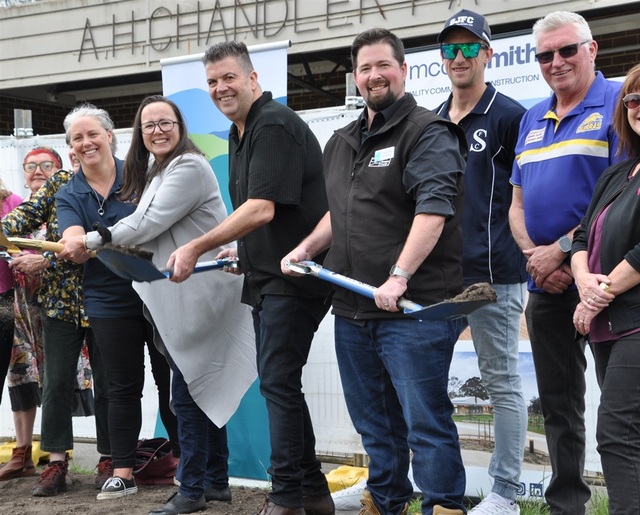
Sod turned on Seville Community Precinct
Council, community and the State Government gathered on Friday 28 November to turn the sod on a new sporting and community precinct in Seville. State…


